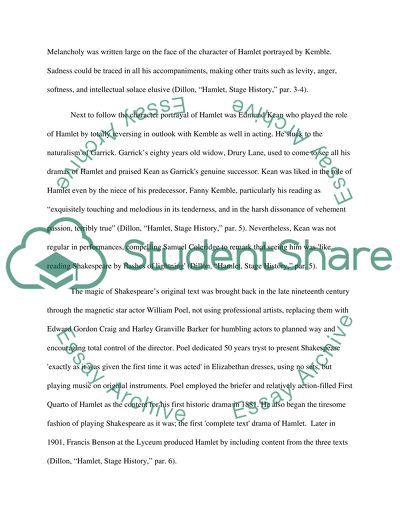Cite this document
(“Rearch paper for Research Example | Topics and Well Written Essays - 1750 words”, n.d.)
Rearch paper for Research Example | Topics and Well Written Essays - 1750 words. Retrieved from https://studentshare.org/literature/1462951-rearch-paper-for
Rearch paper for Research Example | Topics and Well Written Essays - 1750 words. Retrieved from https://studentshare.org/literature/1462951-rearch-paper-for
(Rearch Paper for Research Example | Topics and Well Written Essays - 1750 Words)
Rearch Paper for Research Example | Topics and Well Written Essays - 1750 Words. https://studentshare.org/literature/1462951-rearch-paper-for.
Rearch Paper for Research Example | Topics and Well Written Essays - 1750 Words. https://studentshare.org/literature/1462951-rearch-paper-for.
“Rearch Paper for Research Example | Topics and Well Written Essays - 1750 Words”, n.d. https://studentshare.org/literature/1462951-rearch-paper-for.


